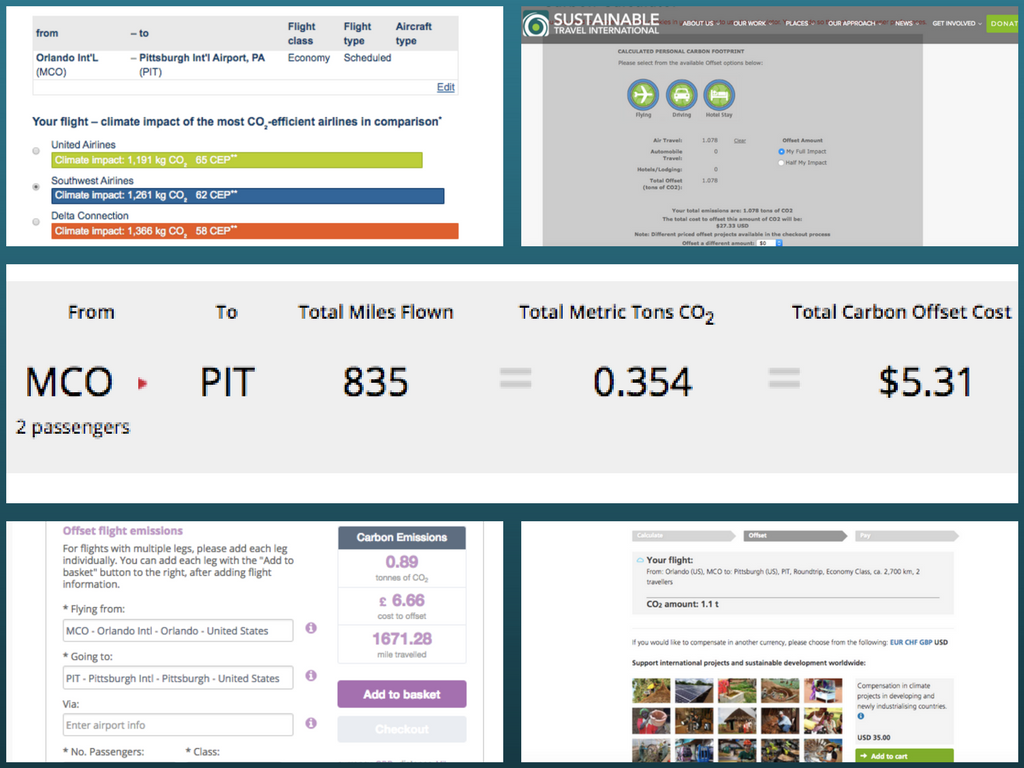At the beginning of the year, Michael and I began discussing ways we can reduce waste both in our home and while traveling. Though our carbon footprint grows larger with each flight, we’re not going to stop traveling any time soon (and when large corporations are to blame for most of the greenhouse gas emissions over the past decade, why should the responsibility fall solely to us?). Instead, we’ll make every reasonable effort to travel in a way that is mindful of our impact on the environment.
This post contains affiliate links and I may receive a small commission if you make a purchase after clicking one of these links (at no additional cost to you) to offset the hosting costs of running this blog. Thank you for considering shopping these links!
Fortunately, the path to more eco-conscious travel doesn’t always require monumental sacrifices. In fact, there are several simple yet effective steps that each of us can integrate into our travel routines to contribute to a more sustainable planet.
Today I’m sharing five simple things we can all do to make our travels more eco-friendly:
EASY WAYS TO TRAVEL MORE SUSTAINABLY
1. Purchase carbon offsets
Many airlines now make it incredibly convenient to contribute to reforestation initiatives and other projects designed to reduce, prevent, or capture additional carbon emissions. A quick search of your carrier’s website will tell you whether you can purchase carbon credits directly from the airline (Southwest even offers travelers a bonus points incentive for offsetting emissions).
If your airline does not offer a carbon offset option, you can still contribute through other organizations like Green-e, Gold Standard, or your favorite environmental group.

But how much should you expect to pay? It’s not an easy question to answer, because carbon calculator results vary wildly and the price of carbon offsets also fluctuates over time. To share a real-life example, I pulled calculations from several sources and noted a huge gap in the results which spanned from $5.31 to $36.90 (above).
Since it seems like there’s not necessarily a “right” answer, I took the average and offset that via a local startup.
—
2. Bring a reusable water bottle
These days I always tote a bottle with me wherever I go, but I confess it’s not something I always remembered to do while traveling. That changed when I purchased a dedicated water bottle for travel, helping me stay hydrated and waste-free at the same time.
So long as the water is drinkable at your destination, you can easily refill your bottle at public water fountains and your hotel/Airbnb. What kind of bottle you carry is up to you – lots of people love their darling S’well bottles and rugged Stanley cups, but I prefer my lightweight, collapsible Vapur.
—

—
3. If you have the option, walk
The car culture is strong here in the U.S. Sure, there are a few cities you can live in and manage to get around just fine without one, but for the most part, a vehicle is essential.
Even so, I skip the car rental nine times out of ten and pay a little extra to stay downtown where I can walk as much as possible. Where my feet can’t carry me, public transportation usually does. There’s something wonderful about that moment when you realize how well you’ve learned a destination’s metro system, zipping around the city for just a few dollars. I still use Lyft and Uber on occasion, particularly when the weather is bad or the area is not well-served by public transit, but that’s generally my last choice.
—

—
4. Eat local
Seek out local farmer’s markets or local grocers for stocking the pantry with local and organic goods during a long-term stay, and find joy in sourcing goods from someplace other than the supermarket. When dining out, look for farm-to-table style restaurants, which often serve whatever is local and in season. These foods don’t have to travel as far to get to your table, and I’d also argue that they are generally going to taste better and provide a more “authentic” travel experience.
—

—
5. Shop local
Your friends and family back home don’t need another tchotchke with your destination’s name on it with a “Made in China” stamp on the back (unless you’re visiting China, of course!). Instead, seek out local crafts or foods that your recipients will use and cherish. I usually like to purchase things that are consumable or functional, like coffee and jewelry, but it’s most important to find things others will love – and not just toss away.
FINAL THOUGHTS ON SUSTAINABLE TRAVEL
In a perfect world, we’d all have the option to travel by train to our destination, enjoy locally sourced meals at restaurants committed to preventing food waste, and sleep in hotels committed to green practices. Alas, this isn’t the norm (yet! I choose to hold out hope that the world can change for the better). Until our world looks more like this dream, we can vote for policies that protect the planet we love to visit and make small changes collectively in the meantime.
Enjoyed this post? You may also like:
- A Low-Waste Road Trip
- Five Easy Swaps I’ve Made to Reduce Waste
- Five More Easy Swaps I’ve Made to Reduce Waste
- 20 Questions You Should Ask a Potential Travel Partner Before You Leave Home
- How to Split Travel Costs When One Person Makes More Money
- 5 Easy Ways to Save Money This Week (for your next trip!)
- What Happens When You Cancel a Non-refundable Trip?
- Dinner Party Survival Kit: 20 Travel-Themed Conversation Starters
- 5 Easy Things You Can Do Today to Save for Your Next Trip
- How We Search for Flights
- I won a trip! (Now what?)
- Exclusive Discounts + Promo Codes
- All of My Packing Lists
What steps will you take on your next trip to reduce the environmental impact of travel? Do you have any other suggestions? Let me know by commenting below!




Wonderful tips, walking around is a great way to explore new places and eating from local markets and places is essential for me. You can really feel the atmosphere of the place and feel like local.